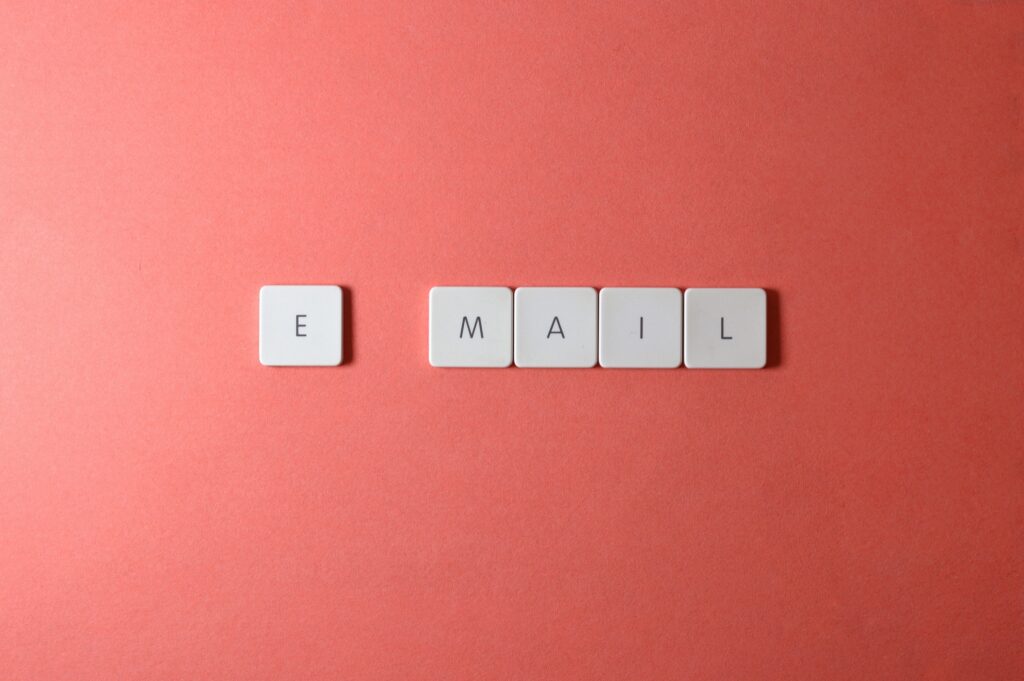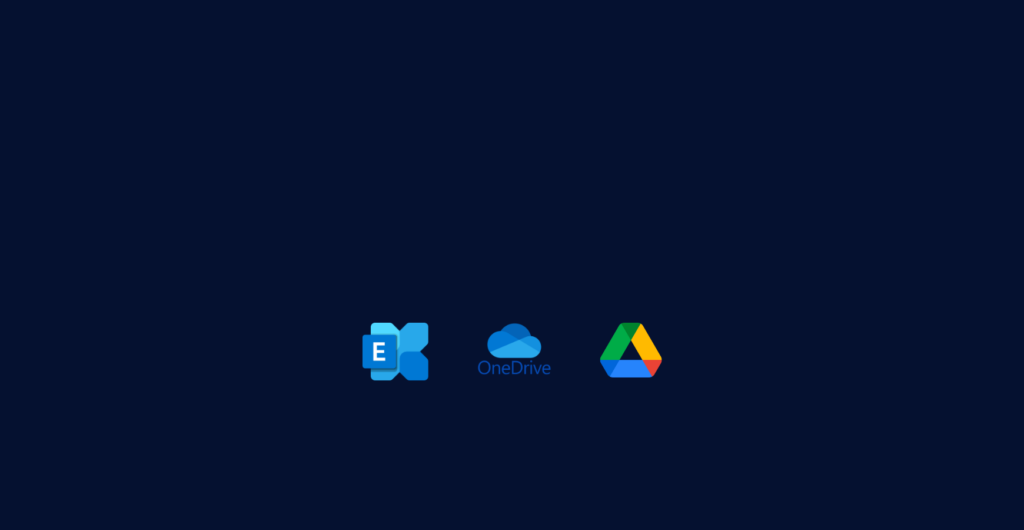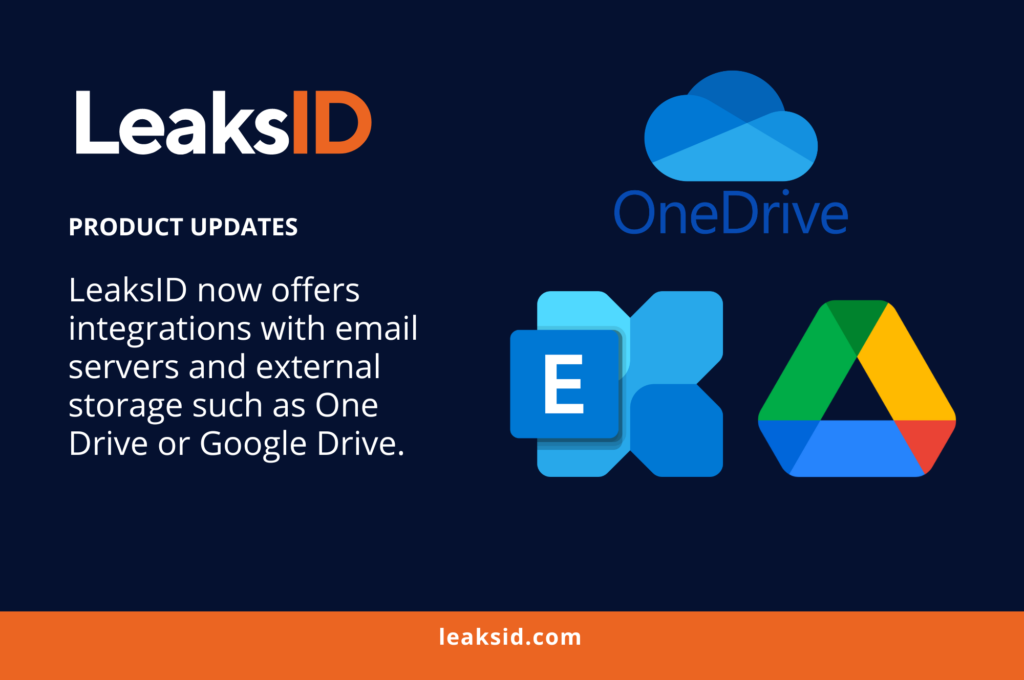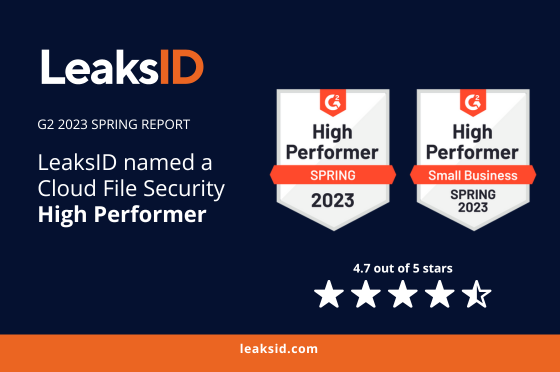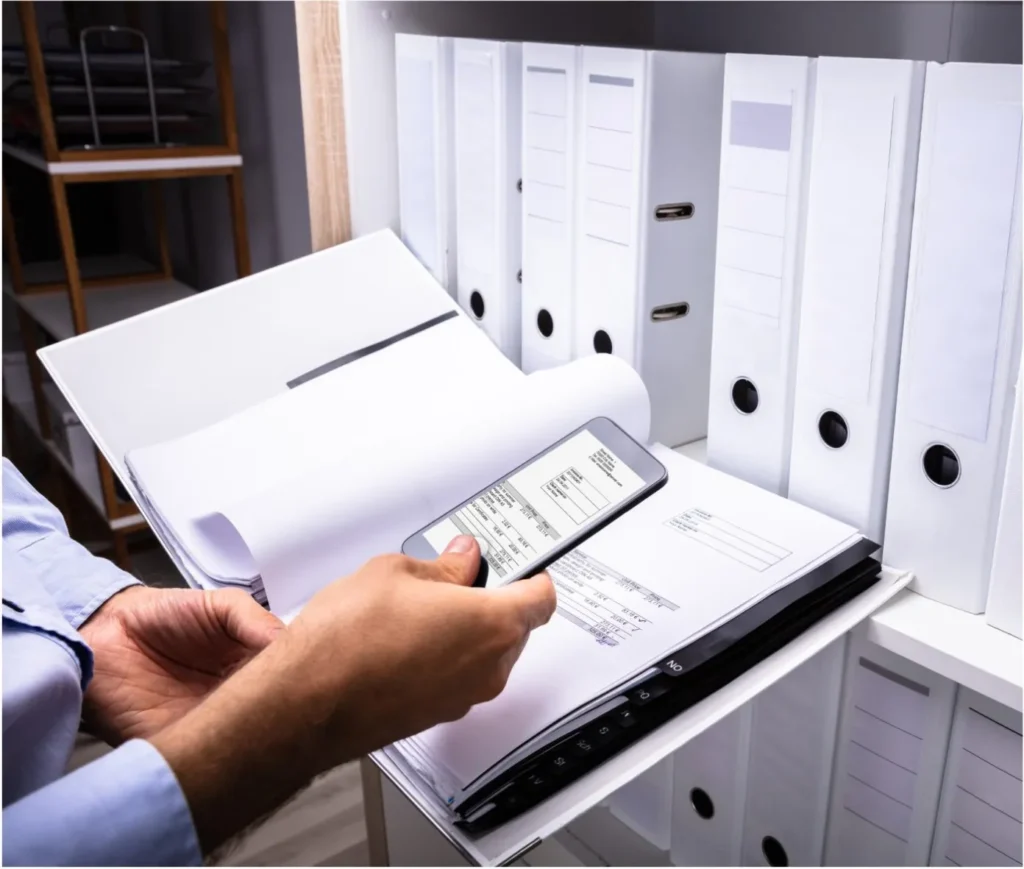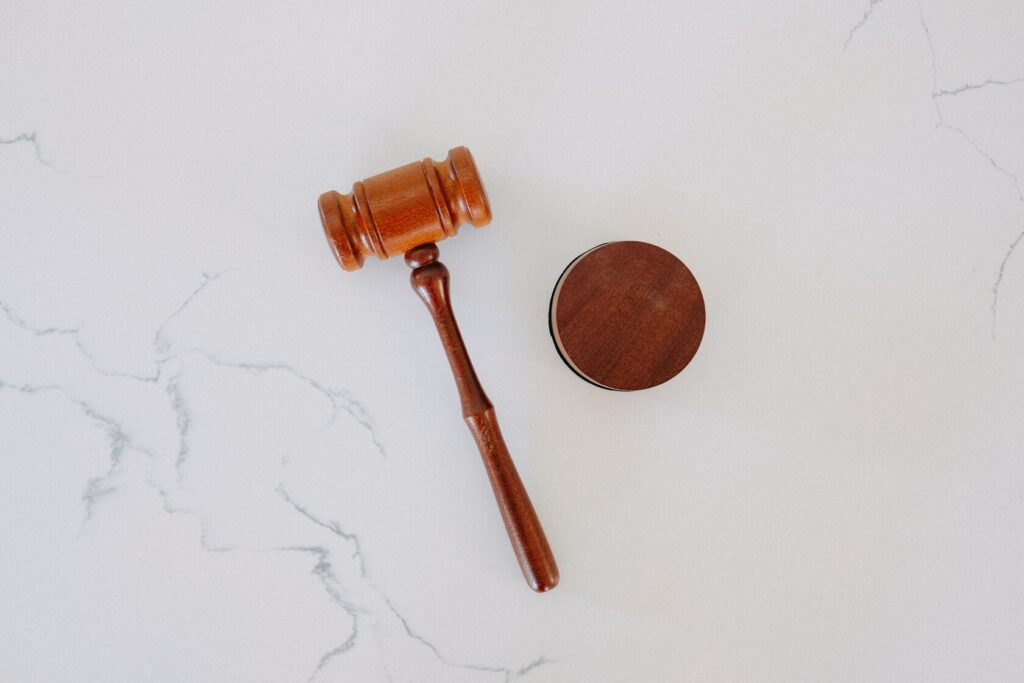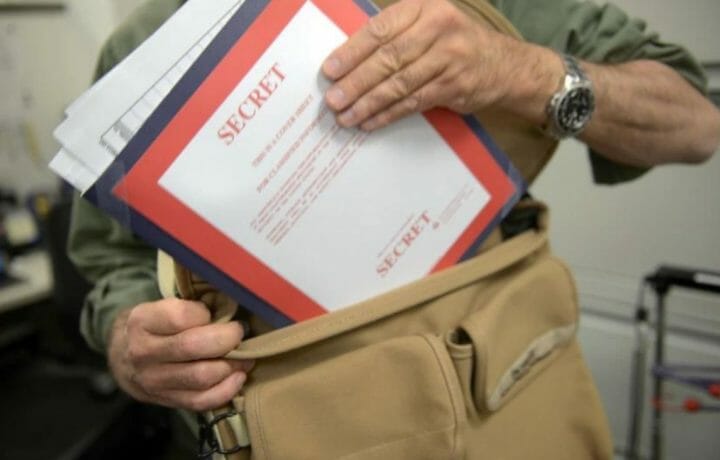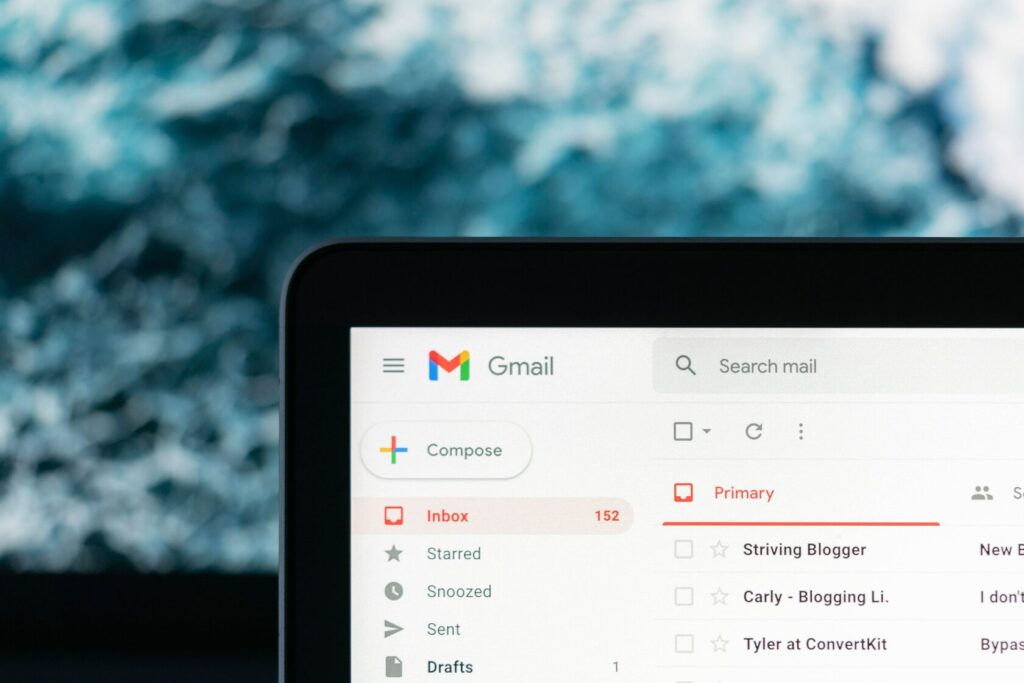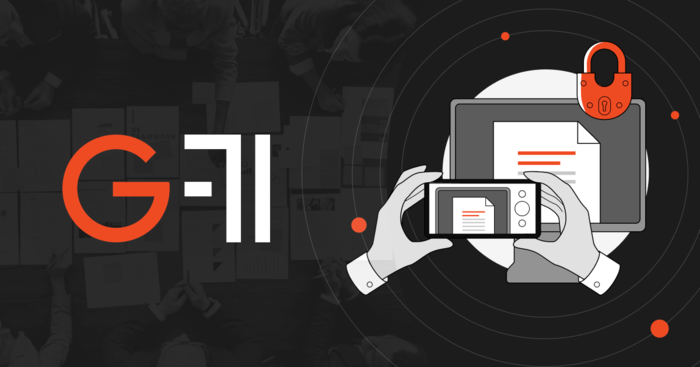Data and document leaks are one of the biggest threats to businesses, as they can lead to reputational damage, financial loss, and potential lawsuits. If you suspect that your company has suffered a data leak, it’s important to investigate the situation immediately so that you can take action and mitigate any potential damage. Luckily, there’s no need for panic: conducting a thorough data leak investigation is actually quite straightforward—if you know what to do. In this post, we’ll walk you through the entire process!
What is a data leak investigation?
The process of identifying and reporting a data leak is known as a data leak investigation. This can be done by an external company, or by the company that experienced the leak in question. In some cases, it’s best to hire a third party who understands how to handle sensitive information and protect personal information.
Data/document leaks are not always required for investigations; however, if you suspect or experience one then it’s important that you bring your concerns forward to someone who can help determine whether or not there was a breach of privacy at all.
When do you need data leak investigations?
Data/document leak investigations are an essential part of the digital security process. They can help you identify leaks and prevent them from happening again in the future. But when do you need to perform a data leak investigation?
We recommend that all companies investigate their data leaks as soon as possible, but they should also keep in mind that there are many other times when it’s necessary:
– When your company has suffered a data breach;
– When you suspect that your data may have been hacked by someone outside of your organization (e.g., an employee stealing information);
– When you suspect that employees within your organization may be leaking sensitive information.
How do you conduct a data leak investigation?
– What data was leaked?
– How was it leaked?
– Who did it? (If known, include the name of the person who stole/lost/sold the data.)
– Why did they do it? The motivation behind a data leak can be anything from “I just wanted to see if I could get away with it” to “I needed some fast cash because I’m going to buy a house.”
– How do you prevent this from happening again? Data leaks are often caused by human error, so one good way to prevent future leaks is by providing training for your employees about how to handle sensitive information and what precautions should be taken when handling such information in order to prevent accidental exposure or theft.
Should you hire a third party?
You should hire a third party if you don’t have the resources to investigate on your own, or if:
– You have a large number of data sources that need to be investigated;
– The scope of your investigation is broad and involves many different types of records;
– You just aren’t interested in doing it yourself and would rather pay someone else to do it for you.
Data leak investigations are essential to understand how your data was leaked and how to prevent future leaks from happening.
To effectively cope with a document leak investigation, the following steps can be helpful
– Contain the incident: Take immediate steps to prevent further spread of the leaked information. This may include shutting down access to the affected systems or revoking user credentials.
– Assess the scope of the breach: Determine the extent of the data that was leaked, the number of systems impacted, and the type of information involved.
– Conduct a thorough investigation: Gather and analyze relevant data, such as system logs, network traffic, and backups, to determine the root cause of the breach.
– Notify relevant parties: Inform law enforcement, regulators, and other stakeholders as required by law or company policy.
– Take remediation steps: Address any vulnerabilities or weaknesses in the systems or processes that allowed the breach to occur, and implement measures to prevent future breaches.
– Communicate with stakeholders: Keep employees, customers, and other stakeholders informed about the breach and the steps being taken to address it.
It’s important to have a solid incident response plan in place to help guide you through the process of responding to and recovering from a data breach. Additionally, working with a specialized service like LeaksID can provide additional expertise and resources to assist with the investigation.
How does LeaksID work?
Simply upload a piece of the leaked document using the drag & drop tool, and the system will identify the owner of the copy. You can upload photos of the document, screenshots, or even small snippets with just a few sentences.
There’s no need to provide the entire document for an investigation. A small portion will suffice. If you have a fragment of the compromised document with just a few lines of text or several groups of words (3 per line), we can use it. The principle is simple: if you can visually identify the text on the fragment, LeaksID can do so too.
To initiate a new investigation in LeaksID, follow these steps:
– Create a new investigation and give it a name and description.
– Load the document sample. It can be an image in formats such as .png, .jpg, or .tiff.
– Compare the sample with the copies in the database and search for matching documents.
– Pre-process the document sample, using the image editor if necessary.
– Conduct the investigation and evaluate its results. Repeat steps 3 to 5 as needed.
If you want to know more about the investigative process using LeaksID, simply reach out to us and we’ll send you a brochure that explains how it works, along with case studies to showcase its effectiveness.
Data/document leak investigations can be complicated and time-consuming, but they are also essential for ensuring that you understand how your data was leaked and how to prevent future leaks from happening. If you’re worried about a potential data or document leak in your organization, or if you’re interested in putting preventative measures in place, get in touch with us today. We’ll be happy to talk about the best options for safeguarding your company from future breaches.






